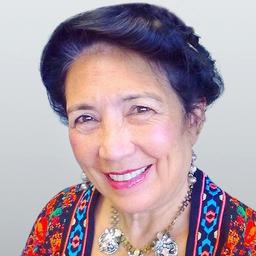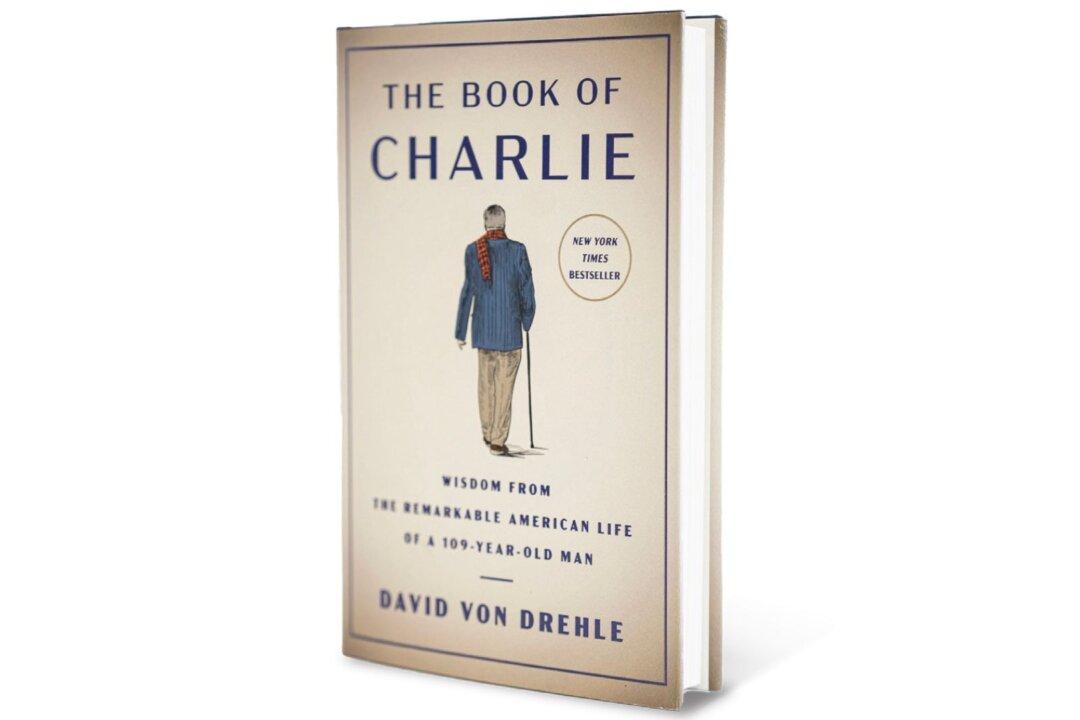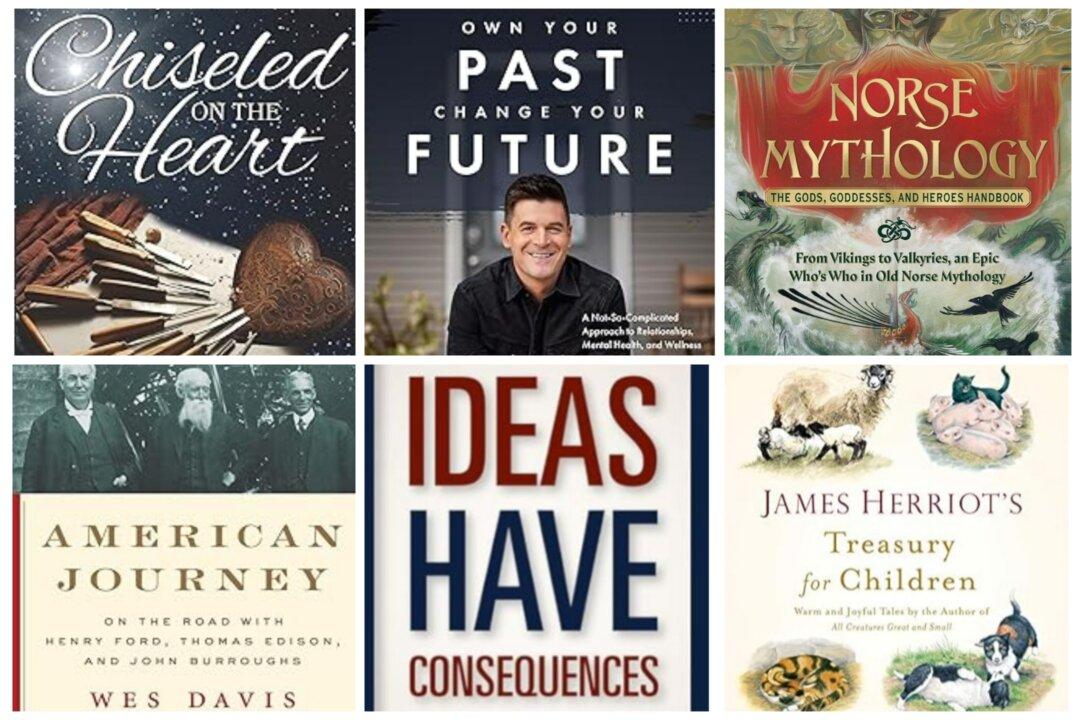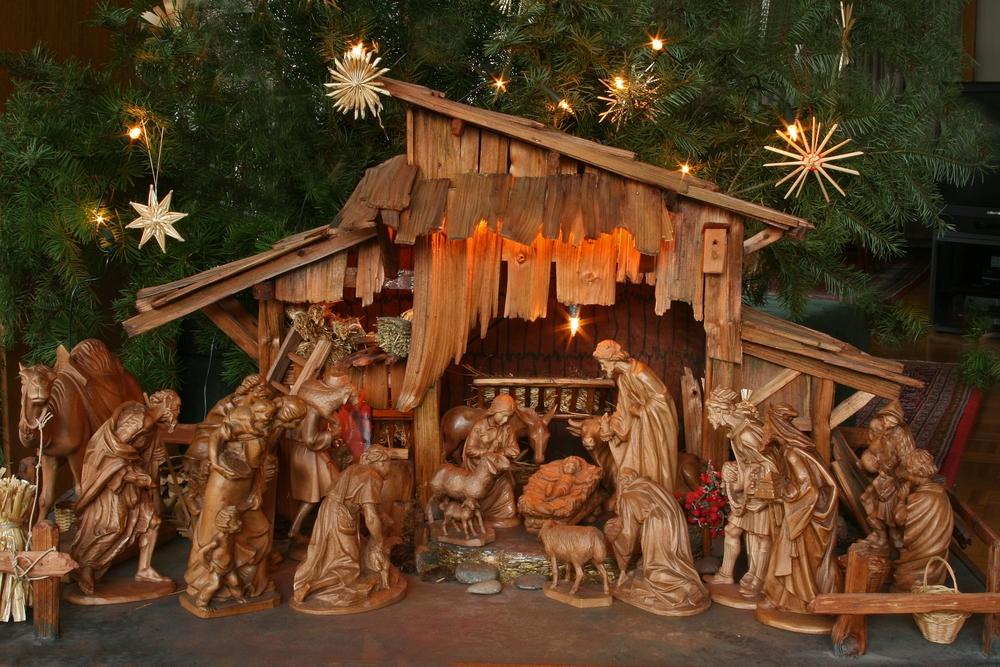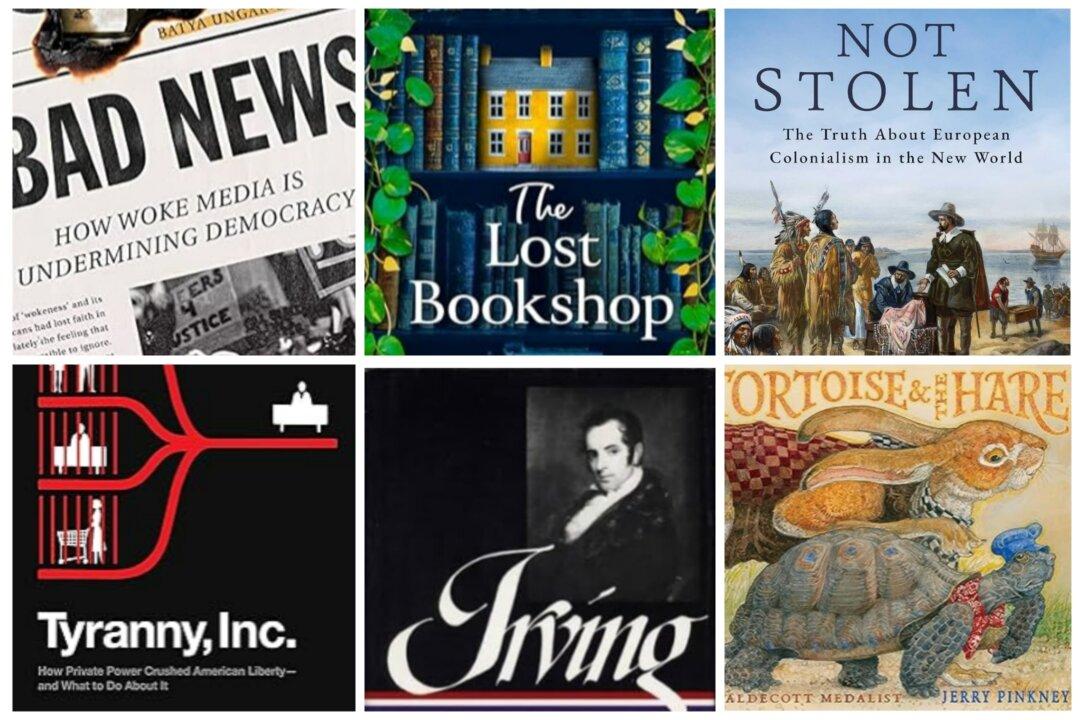Lincoln Literature at Its Finest
Abraham Lincoln was assassinated on April 14, 1865, Good Friday, at Ford’s Theatre. He died the next morning around 7 a.m. suffering from a gunshot wound to his left temple.With thousands of books already written about this self-educated lawyer from Kentucky who ascends to the presidency and advocates for the rights of African-Americans, is there room for another? One that might tower over others?
Pulitzer Prize-winning biographer and #1 New York Times bestselling author Jon Meacham may have accomplished just that with his latest “And There Was Light: Abraham Lincoln and the American Struggle.”
Meacham is no stranger when it comes to writing compelling historical narratives, several of which have been about American presidents. What makes this one particularly enticing, aside from the breadth of meticulous research, is his incorporation of all the many ingredients in Lincoln’s life—from his birth and childhood to his desire for societal acceptance and acquisition of power. These create the character and soul of this man driven by conscience to do what he felt was right and put him in the position to seize that opportunity.
As a child, Lincoln witnessed slaves in chains. He grew up in an anti-slavery Baptist community.
He is not painted as a saint or a man of mythic proportions. He is portrayed as being very human and fraught with vulnerabilities. He was awkward with women, prone to being depressed, and didn’t relish losing local elections.

While not claiming any particular religious faith, he was God-fearing and believed slavery was a moral evil.
He became a shrewd politician, had a fastidious memory for keeping track of voting data and, while some may have regarded his motives as calculating, Meacham vividly portrays him as a man propelled forward because of his clear and unwavering convictions, specifically that slavery must end and the union preserved.
As Meacham writes, “For Lincoln, the path to power in the present lay in mastering—and reinterpreting—the past as he explored ideas about power, faith, equality and slavery.”
A President’s Limitations and Possibilities
We’ve all had our history lessons about the Civil War but Meacham dives deep into all the myriad factors leading up to the attack on Fort Sumter at Charleston Harbor, South Carolina in 1861.From impassioned speeches, newspaper articles, protests, and political contests, the debate on slavery had gone on for decades before finally erupting during the first months of Lincoln’s presidency.
Lincoln was determined that his actions would make a difference. He was also prone to dark musings about fate and fatalism, particularly when the world seemed unmanageable. He had his doubts but believed strongly in the role that an individual could play.
Lincoln had been elected for a second term in 1865. With the Union victory and the war over, slavery ostensibly had ended. But the South did not let this loss defeat them. White intransigence reared its head most notably with the rise of the Ku Klux Klan that same year.
Lincoln looked to the Founding Fathers for his strength. He was a devotee of Thomas Jefferson. As Meacham writes: “To him, America ought to seek to practice the principles of the Declaration of Independence as fully as possible, for the alternatives were so much worse.”

Lincoln hoped that his second term would be focused on his designs for what reconstruction and/or reconciliation might look like. Perhaps he was thinking about those plans when he attended the performance at Ford’s Theatre on Good Friday, April 14, 1865.
Lincoln was president during a pivotal time in our nation’s history. The country was at war with itself. The Civil War lasted four years. During that time 620,000 American lives were lost and 3.9 million slaves were freed from bondage.
The book is a tome coming in at well more than 600 pages but that shouldn’t discourage readers. Source notes consume a fair chunk. The main narrative is highly readable and gracefully woven.
This is an engaging human portrait of a legendary president revealing his vices and virtues and, ultimately, his defining voice for justice. Readers will be drawn in, invited to share an insightful and deeply moving account of perhaps our greatest president and his strength in shaping a nation.
Lessons that never get old as the struggle continues.

By Jon Meacham. Random House


